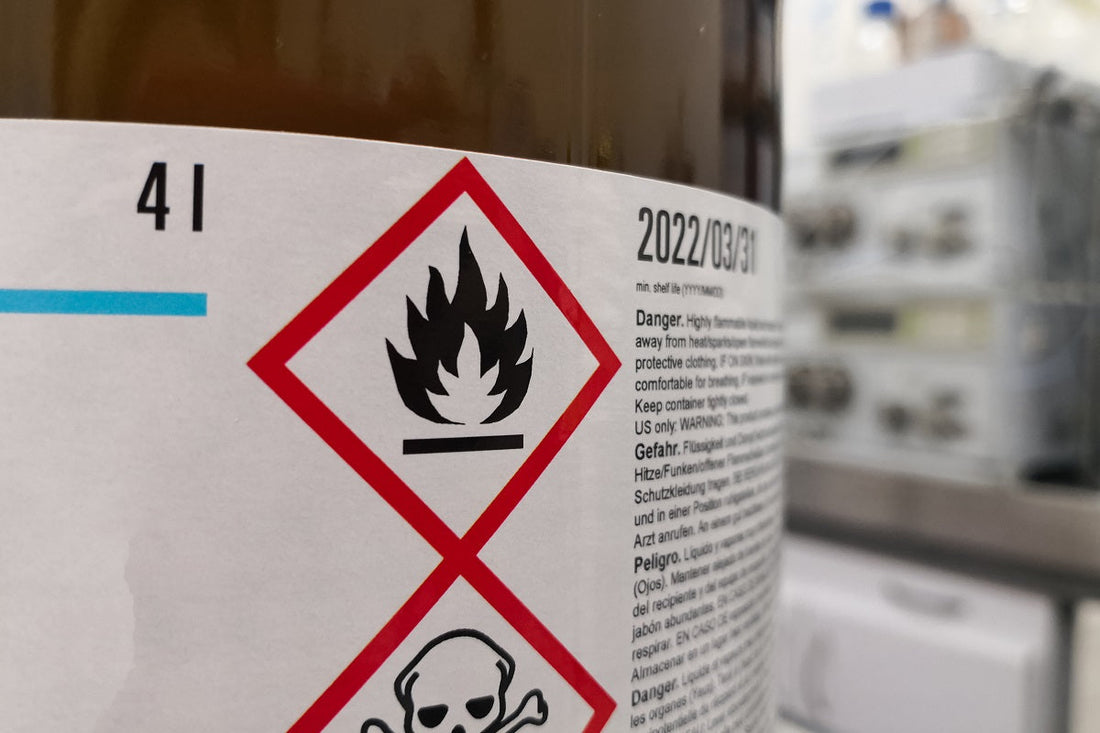Veterinary Enterprise Safety and Risk Management

Share
The veterinary industry is undergoing significant transformation, bringing both opportunities and challenges for enterprises navigating risk, compliance, and operational growth. As veterinary hospitals expand and consolidate, managing regulatory compliance, workplace safety, and financial risks becomes increasingly complex.
Key Trends in Veterinary Risk Management
- Increased private equity investments in veterinary consolidations
- A growing number of mergers and acquisitions (M&A)
- The rise of publicly traded veterinary enterprises
The Benefits of a Comprehensive Risk Management Approach
A strategic approach to veterinary enterprise safety and risk management can offer long-term financial and operational benefits, including:
- Reduced workers’ compensation claims – Lower injury rates result in decreased claims and associated costs.
- Improved insurance rates – A proactive safety culture can lead to more favorable insurance premiums.
- Enhanced employee retention – A safe and compliant workplace fosters employee satisfaction and reduces turnover.
Developing a Strategic Risk Management Plan
This guide is structured to help veterinary professionals understand the interconnected nature of risk management and develop actionable strategies for improvement. Key areas covered include:
- The return on investment (ROI) of workplace safety
- Best practices for maintaining OSHA compliance
- Current trends shaping the veterinary industry
- Strategies to mitigate risk while scaling operations
- How compliance can be leveraged as a competitive advantage
By implementing a structured safety and risk management framework, veterinary enterprises can protect their employees, reduce financial liabilities, and position themselves for sustainable growth.
